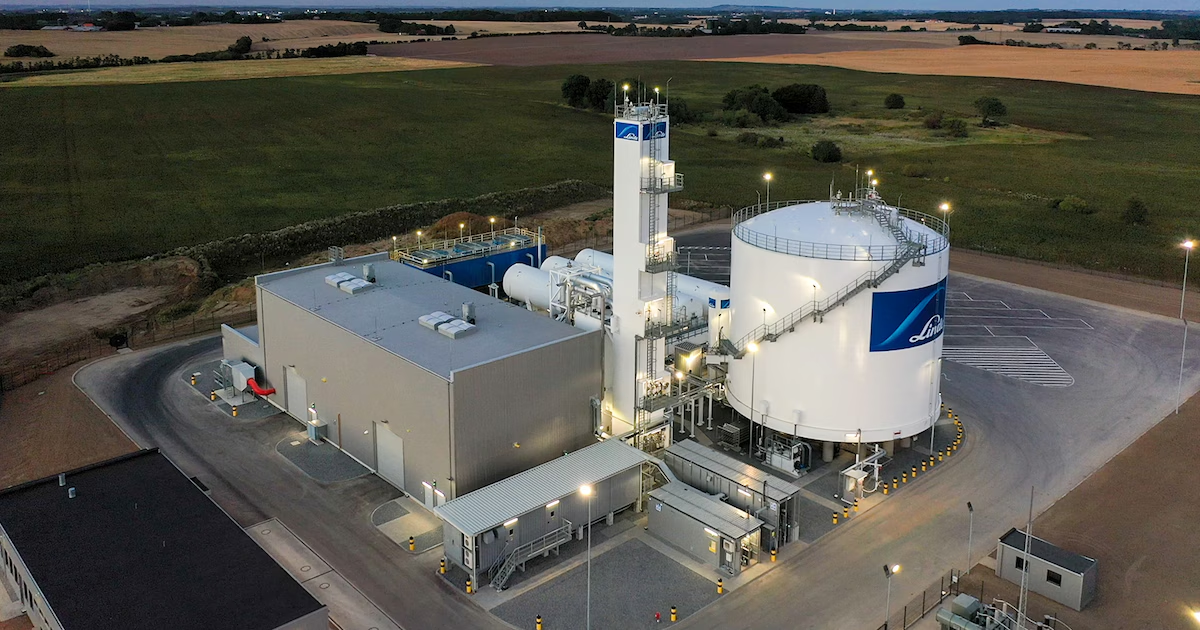
The global Air Separation Plant Market size is predicted to reach USD 7.89 billion by 2030 with a CAGR of 4.6%. The air separation plant (ASP) market is experiencing robust growth in 2025, fueled by rising demand for industrial gases like oxygen, nitrogen, and argon across sectors such as healthcare, manufacturing, and clean energy. But what are the key forces propelling this surge, and how are they shaping the future of the ASP industry? This article explores recent developments, market trends, and innovations driving this dynamic market.
Surge in Industrial and Healthcare Demand
The demand for industrial gases is a primary driver of the ASP market’s growth. Industries such as chemicals, metallurgy, and electronics rely heavily on high-purity gases for production processes. For instance, oxygen is critical for steel manufacturing, while nitrogen is essential for electronics and food preservation.
In healthcare, the demand for medical-grade oxygen has surged, particularly for hospitals and home care applications. The COVID-19 pandemic highlighted the importance of reliable oxygen supply, and this trend continues in 2025, with ASUs playing a critical role. A notable development is OXY Technical Gases’ USD 56.1 million investment in a new ASU in Velika Gorica, Croatia, to supply high-purity liquid oxygen, nitrogen, and argon to hospitals and industrial plants, set to be operational by 2029.
Clean Energy and Sustainability Initiatives
The global push for sustainability is significantly boosting the ASP market. Air separation plants are vital for producing gases used in clean energy technologies, such as hydrogen production and carbon capture. The focus on energy efficiency and emissions control is driving demand for ASUs in environmental applications like wastewater treatment. A recent report highlights that the market’s role in supplying gases for green technologies is a key growth factor.
Linde’s USD 400 million investment in Ascension Parish, Louisiana, announced in June 2025, exemplifies this trend. The project, set to be the largest ASU in Southeast Louisiana, will power the world’s biggest low-carbon ammonia plant, creating 65 jobs and a USD 4 billion economic impact by 2029. This aligns with global efforts to decarbonize industries, with ASUs providing the gases needed for blue ammonia production.
Technological Advancements in ASPs
Innovations in air separation technology are enhancing efficiency and reliability, further driving market growth. Cryogenic distillation remains the dominant process, but non-cryogenic methods, such as pressure swing adsorption (PSA) and membrane separation, are gaining traction. The non-cryogenic ASP market is projected to reach USD 1,005 million by 2030, driven by its cost-effectiveness for smaller-scale applications.
A breakthrough published in Chemical Engineering Science in June 2025 introduces a novel multi-objective optimization framework for co-production ASP systems, improving efficiency in gas separation processes. Such advancements are critical for meeting the diverse needs of industries like chemicals and electronics, where precise gas purity is essential. Additionally, the integration of AI and IoT in ASP operations is optimizing energy use and predictive maintenance, reducing operational costs.
Regional Growth and Market Dynamics
Europe and Asia-Pacific are key regions driving ASP market growth. In Europe, Italy’s industrial sector, particularly in chemicals and steel, is increasing demand for ASUs. The Asia-Pacific market is witnessing steady growth due to rapid industrialization in countries like China and India, with a significant CAGR projected through 2034. Italy benefits from its strategic position in Europe, supported by government policies promoting industrial modernization and sustainability.
The market is segmented by process (cryogenic vs. non-cryogenic), gas type (oxygen, nitrogen, argon), and end-use industry (oil and gas, chemicals, healthcare, etc.). Cryogenic distillation dominates due to its ability to produce high-purity gases, while the chemical industry holds the largest market share, driven by its reliance on nitrogen and oxygen.
Challenges and Opportunities
Despite its growth, the ASP market faces challenges, including high initial costs and energy-intensive operations. Supply chain disruptions and tariff changes also pose risks, particularly for European markets like Italy. However, opportunities in renewable energy and healthcare applications are significant. The growing adoption of membrane separation technologies, projected to reach USD 2.4 billion by 2032, offers cost-effective solutions for specific applications.
Conclusion
The air separation plant market in 2025 is thriving, driven by industrial demand, sustainability initiatives, and technological advancements. With a projected market size of USD 5.93 billion in 2025 and a CAGR of 4.63% through 2030, the industry is poised for steady growth. Innovations like AI optimization and non-cryogenic technologies are enhancing efficiency, while investments like Linde’s in Louisiana underscore the market’s role in clean energy. Challenges like high costs remain, but opportunities in healthcare and green technologies signal a bright future for the ASP market, particularly in regions like Italy, where industrial and environmental needs converge.


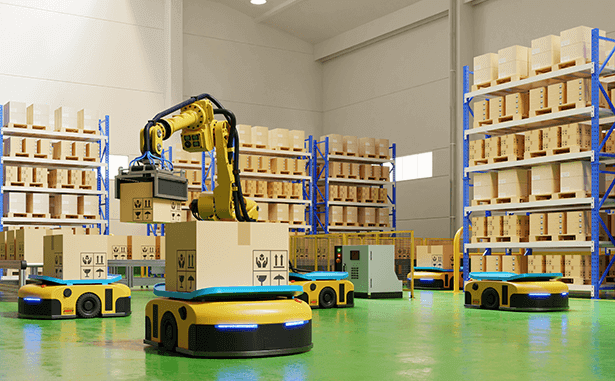
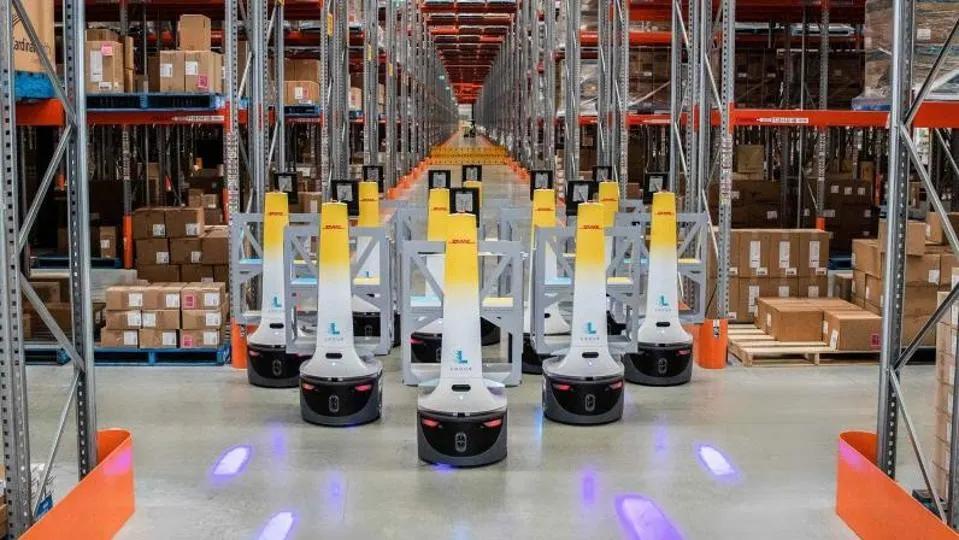
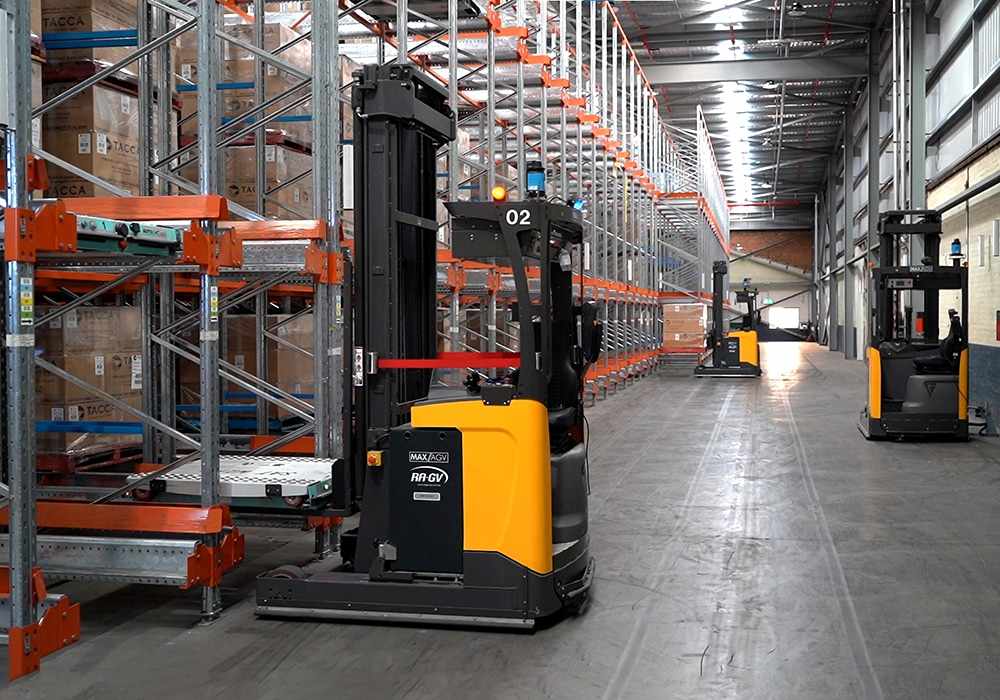
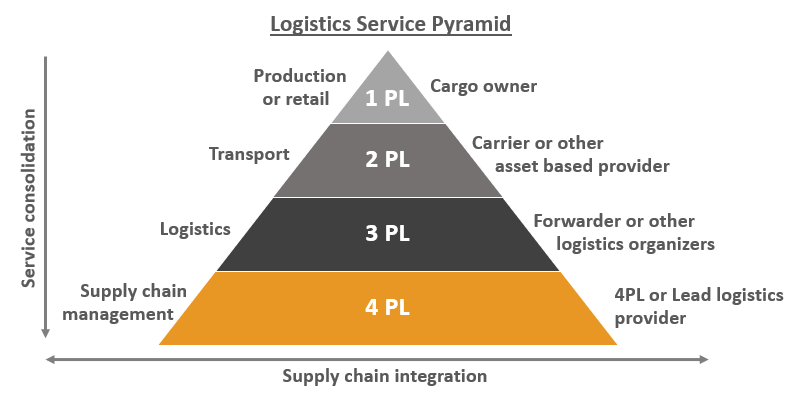
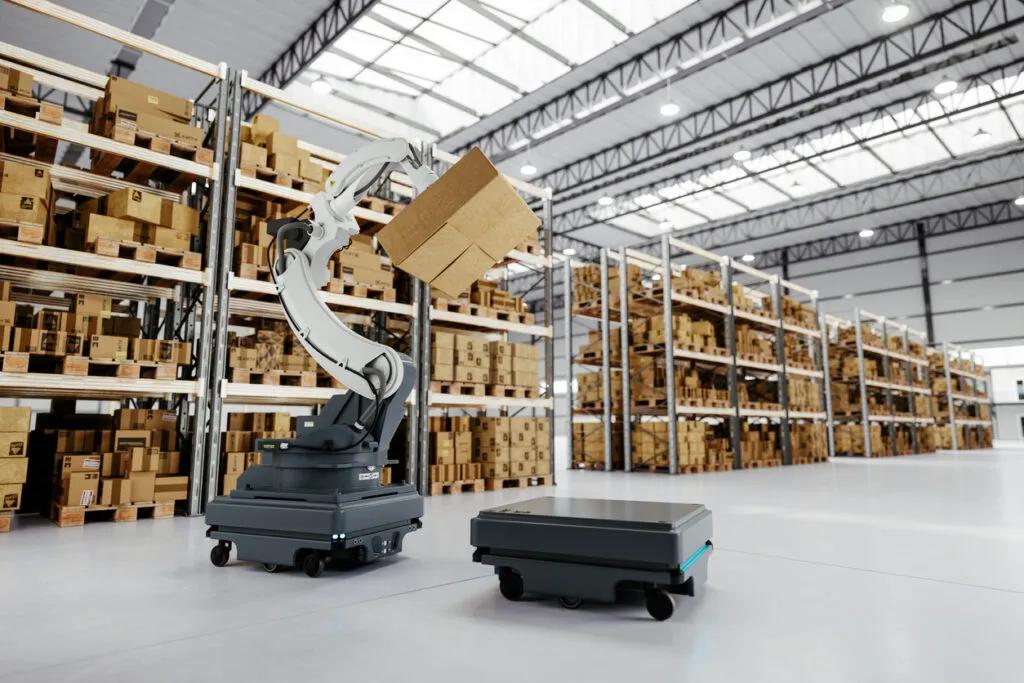

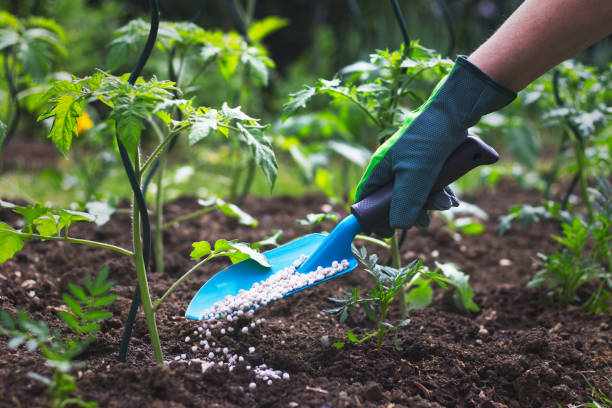
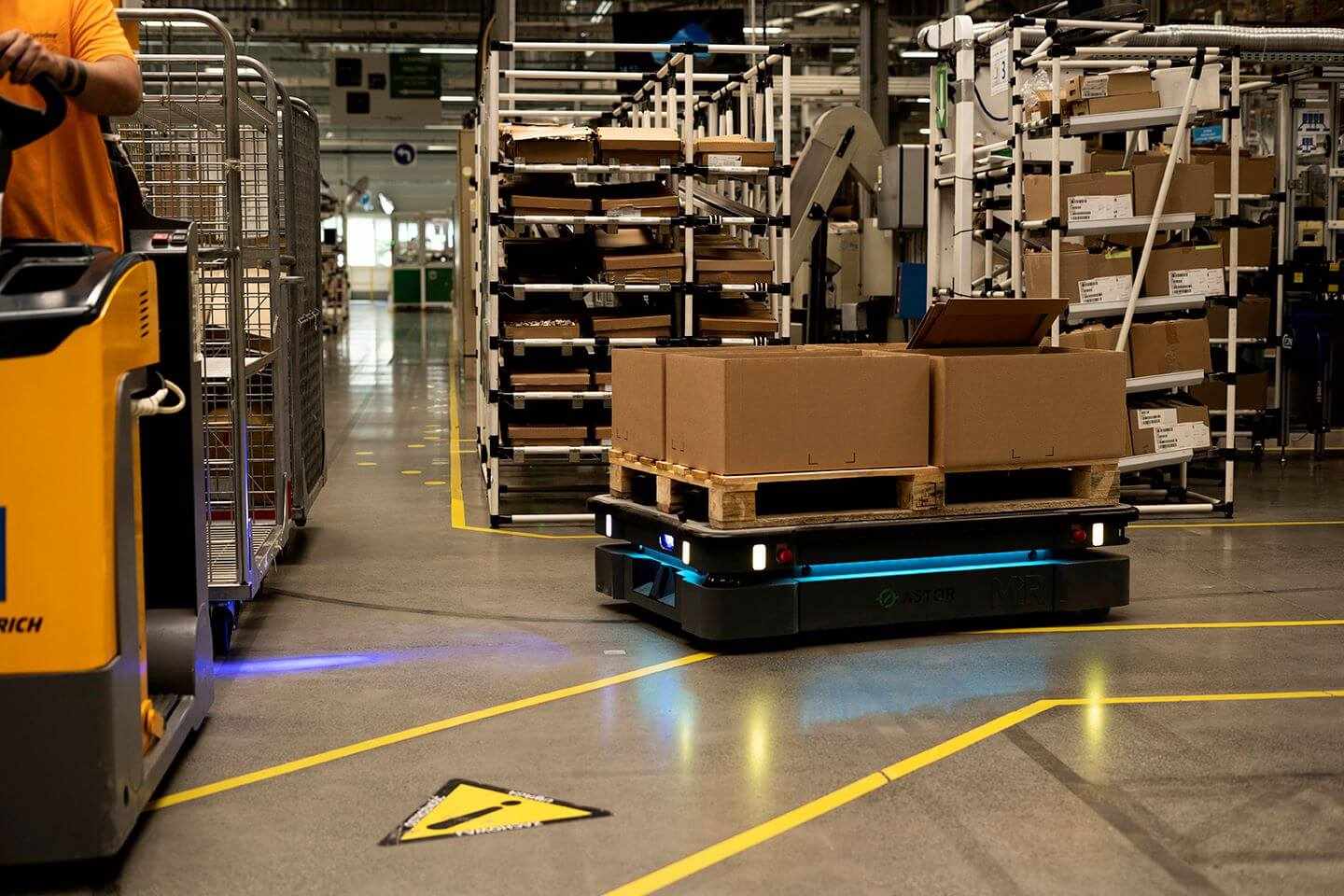
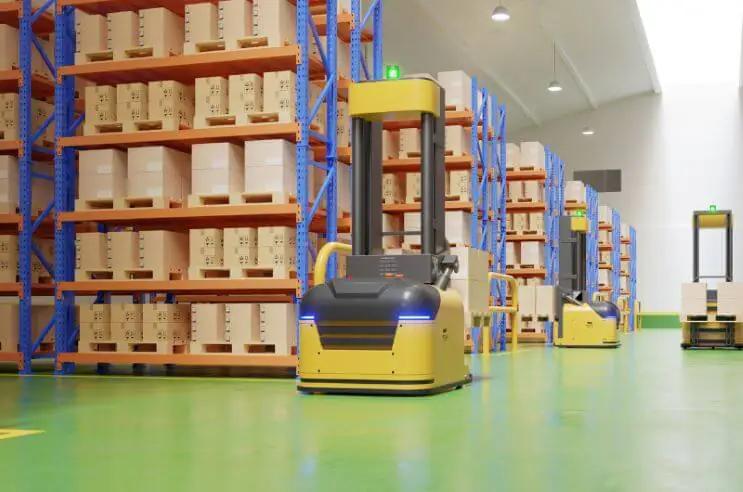

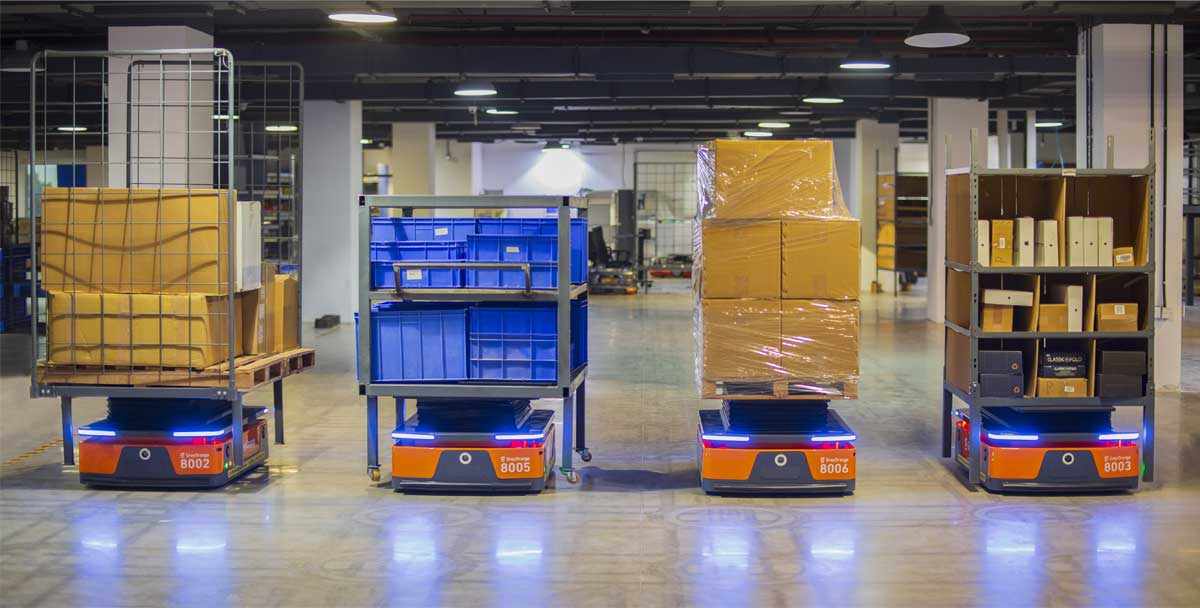

Write a comment ...